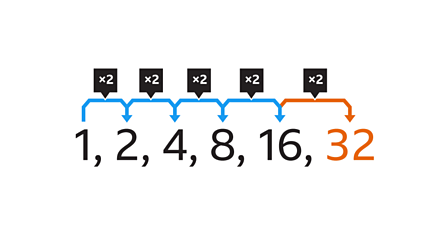9. Sequences
What is a sequence?
A Sequence is a list of things (usually numbers) that are in
order.
For
Example:
First
Term
The First Term of a sequence is denoted by a ’’.
Infinite
Sequence
The Sequence if it goes forever is called Infinite
Sequence.
Finite
Sequence
Otherwise, the sequence is known as a finite
sequence.
Types
of Sequences
·
Arithmetic Sequence
·
Geometric Sequence
·
Other(not discussed for now)
The above two are also known as
Arithmetic Progression (AP)
Geometric Progression (GP)
9.2
Sequences Order #seqorder
Sequences can be ascending or descending.
A sequence is said to be ascending if its terms are increasing
and descending
if
Elements or terms are decreasing.
Note that the difference between the terms is increasing and it is constant.
Note
that the difference between the terms is decreasing and it is constant.
Subscript Notation
A subscript notation
Linear Sequence
The
difference in a linear sequence is always constant or the same.
3,7,11,15,19,23, #seqlinear-ex1
In
this sequence, the difference is the same and called say d.
The linear sequence can be increasing
or decreasing. See
The nth Term
The
nth term is the term that is not defined and can be any term in a sequence.
There is a general formula
d=difference and c=adjustment constant.
To find d
-Eq1
The
difference between the second term is a. See ex.
=>7-3=4-from
example (4 is the difference)
d+c=first term of the
sequence Eq2
Here
in this formula d is taken as the difference.
Example
2, 6, 10, 14, 18,
Find
the nth term.
Steps:
1. Recall
formula.
2. We
find a. Subtract 2nd term from 1st Term. (6-2). we get 4
or d.
3. The first term is 2. d+c=2. c=2-d, =>2-4=-2.
4. 4n+(-2)
5. 4n-2 Ans. The
nth Term
Arithmetic
Progression (AP)
a+ (n-1) d


